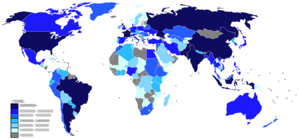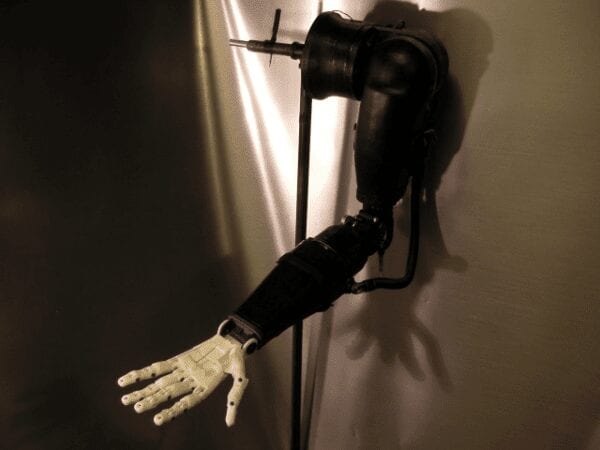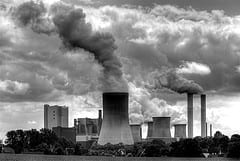
Experts warn that historic challenges await us
European policymakers are losing sight of the realities of food production, says Dominic Dyer. In this week’s Green Room, the chief executive of the UK Crop Protection Agency says advances in agriculture risk being hampered by heavy-handed regulation and misplaced concerns.
There’s a lot being written at present about the relative benefits of different forms of agricultural production, but one key fact often gets missed.
If farmers’ yields were still as low as those of the 1950s, we would need nearly three times as much cultivated land to feed today’s global population.
Many people are unaware or uninterested by how the food we eat is grown. Often incorrect perceptions and false assumptions are presented as fact as a result of a lack of familiarity with the countryside.
The truth is that if we enjoy a steady, year-round supply of fresh produce at affordable prices, it’s thanks to modern agriculture and well-trained professional farmers.
Developed societies have come a long way since oxen pulled the plough. By doing so, they have drastically improved the nutrition and health of their communities.
Modern agricultural achievements are the result of technological advances, new management techniques and new chemical treatments that have made it possible to feed 6.7 billion mouths.
But soon, even this will not be enough. Experts warn that historic challenges await us. Farmers face external and uncontrollable pressures, putting into question Europe’s seemingly continuous supply of fresh food.
Feeding frenzy
Not only is global demand dramatically exceeding the growth in supply, but also we have limited time in which to increase the amount of fruit, vegetables and grains produced if we want to prevent a worldwide food crisis.
Related articles by Zemanta
- The Real Value Of Organic Food? (andrewsullivan.theatlantic.com)
- Nature isn’t always best (guardian.co.uk)
- Britain Needs ‘Radical Re-Think’ Over Food (news.sky.com)
- How secure is our food supply? (telegraph.co.uk)
- Clash of the food security threats (plantwise.org)
- Nearly One Third of U.S. Food Supply Depends on Honeybees (habwwe.wordpress.com)
- Degraded land threatens food supply, U.N. finds (sfgate.com)










